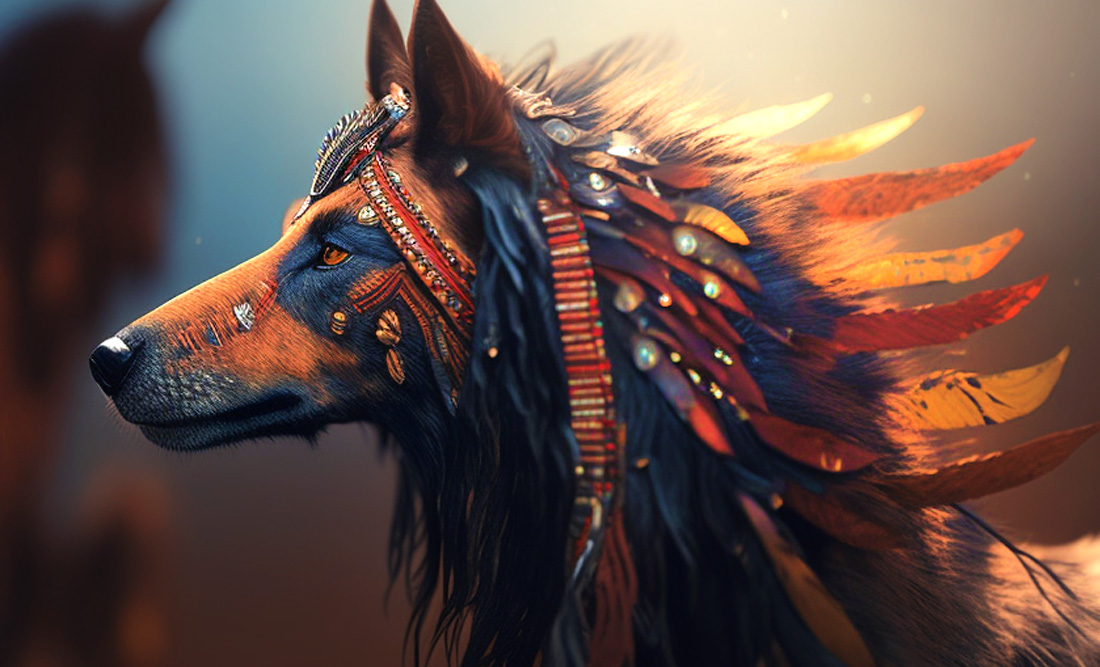Animals Native to the US: Exploring America’s Diverse Wildlife

The United States boasts a rich diversity of wildlife, with a plethora of animals native to its vast and varied landscapes. From the majestic mountains to the sprawling plains, and the lush forests to the arid deserts, these habitats support a wide range of fascinating creatures. In this article, we will delve into some of the most remarkable animals native to the US, showcasing their unique characteristics and the importance of preserving their habitats.
Bald Eagle: A Symbol of Freedom
The Bald Eagle (Haliaeetus leucocephalus) is an iconic symbol of the United States and is revered for its strength and majesty. Found primarily near large bodies of open water, the bald eagle is a formidable predator with its sharp talons and keen eyesight. As a top-of-the-food-chain predator, the bald eagle plays a crucial role in maintaining the balance of the ecosystem. Although once endangered due to factors like habitat destruction and the use of pesticides, conservation efforts have helped its population recover.
American Bison: The Mighty Herd
The American Bison (Bison bison), often referred to as the buffalo, is an enduring symbol of the American West. These massive herbivores once roamed the plains in vast numbers, forming essential components of the Great Plains ecosystem. However, unregulated hunting and westward expansion in the 19th century led to a drastic decline in their population. Thankfully, through conservation initiatives, the American Bison population is slowly rebounding, with efforts to protect its native habitats and ensure its survival for future generations.
Gray Wolf: Guardians of the Wilderness
The Gray Wolf (Canis lupus) once thrived throughout North America but faced extensive persecution in the past. Due to habitat loss and predator control programs, gray wolves were driven to the brink of extinction in the lower 48 states. However, conservation efforts and reintroduction programs have helped these intelligent and social animals make a remarkable comeback. Wolves play a crucial role in regulating prey populations and maintaining the health of ecosystems, making their preservation vital to the biodiversity of the US.
Florida Manatee: Gentle Giants of the Waters
The Florida Manatee (Trichechus manatus latirostris) is a lovable aquatic mammal found in the warm coastal waters of the southeastern United States. These gentle herbivores are well-known for their slow and peaceful nature, captivating the hearts of those fortunate enough to encounter them. Unfortunately, manatees face threats from boat collisions and habitat degradation, making conservation efforts essential to ensure their survival and protect the delicate aquatic ecosystems they call home.
California Condor: A Triumph of Conservation
The California Condor (Gymnogyps californianus) holds the title of being North America’s largest flying bird. Once on the brink of extinction, with only a handful remaining in the wild, dedicated conservation efforts saved this remarkable species. By implementing captive breeding programs and habitat restoration, the California Condor population has made significant strides towards recovery. These magnificent birds play a crucial role in the ecosystems they inhabit by scavenging on carrion and helping to maintain a healthy environment.
Conclusion: Embracing Our Natural Heritage
The United States is privileged to be home to a diverse array of native animals, each contributing to the ecological tapestry that defines this great nation. From the soaring eagles to the mighty bison, and the howling wolves to the gentle manatees, these creatures are integral to the country’s identity and cultural significance. As responsible stewards of the environment, it is our duty to protect and preserve their habitats, ensuring that future generations can continue to marvel at the splendor of America’s wildlife. By understanding and appreciating these native species, we foster a deeper connection to nature and reinforce the need for conservation efforts to secure a thriving ecosystem for years to come.






